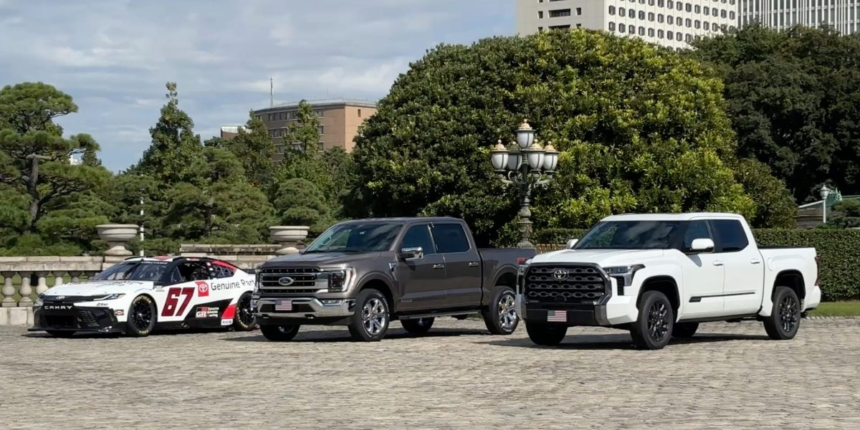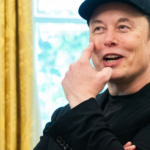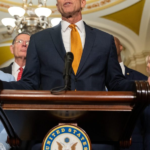Japan is filled with tiny white trucks that farmers and commercial workers use to lug their gear along the narrow roads of a nation smaller than California.
Trump is a fan of the Ford F-150 and has responded positively to reports that the Japanese government is considering buying dozens of the pickups.
He has also complained that there are hardly any American cars in Japan and that the country’s vehicle safety standards are too strict.
But the lack of big American automobiles in Japan might be linked to more practical reasons, including local tastes and the conditions and size of roads.
Japan is an island nation, smaller than California, and there is limited parking. Even in big cities, many of the streets where people live are narrow and twisting.
Many American cars have their steering on the left side, the opposite of the standard right-side steering in Japan, where expressway tolls are on the right side, for instance. Lower mileage and lack of maintenance and service networks also help explain why American brands except for Jeep have struggled in Japan.
“Why don’t American cars sell well in Japan? Because they lack understanding for road conditions and housing situations, as well as energy conservation,” former Prime Minister Shigeru Ishiba told parliament in April.
When Trump heard of the Ford truck idea as he flew to Asia on Air Force One, he reacted enthusiastically.
“She has good taste,” Trump told reporters of Takaichi. “That’s a hot truck.”
Trump wants allies to buy more American goods and also make financial commitments to build factories and energy infrastructure in the United States.
In Japan, sport utility vehicles and are becoming popular among people with families and for outdoor activities such as camping, but buyers often go for more stylish, smaller models.









